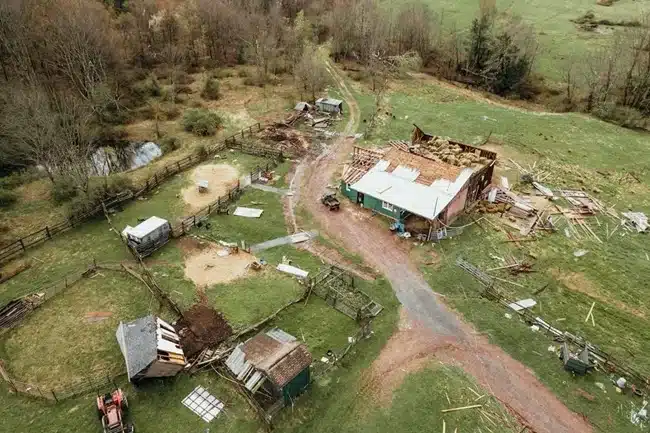
Protecting one’s home, often a person’s largest investment, is critical to financial planning. Homeowner’s insurance safeguards against unpredictable disasters and offers peace of mind. Recognizing what coverage suits your home can be complex, as different policies cater to distinct needs and preferences. By gaining a solid grasp of homeowner’s insurance, homeowners can ensure they are adequately covered against potential perils. Below, we delve into the essential facets of homeowner’s insurance to help you navigate this crucial component of home ownership.
Types of Coverage Provided by Homeowner’s Insurance Policies

Common homeowners’ insurance policies encompass several types of coverage, the most prominent being dwelling coverage. This coverage is essential for repairing or rebuilding your home after damage caused by covered perils such as fire, hail, or vandalism. It includes the main structure and attached features like a garage or deck, and dwelling coverage typically helps to rebuild your home up to the policy’s specified limits.
Another layer is other structure coverage, which pertains to structures not attached to the main home, such as fences, sheds, or detached garages. This form of coverage also has limits, usually a percentage of the dwelling coverage. Meanwhile, personal property coverage applies to personal belongings within your home, such as furniture, electronics, and clothing, if they are destroyed or stolen.
Loss of use coverage, or additional living expenses, kicks in when your home becomes uninhabitable due to a covered peril. This part of the policy may cover hotel bills, restaurant meals, and other living expenses incurred while your home is being repaired. Lastly, medical payment coverage can provide funds for guests’ medical expenses if injured on your property and casualty insurance, irrespective of who is at fault.
Effective policies create a comprehensive safety web around a homeowner’s assets. While each facet of the policy is crucial, the specific scope and limits of coverage can vary widely between policies and insurers. Careful assessment of your personal risk tolerance and asset value is needed to ensure all bases are covered adequately. Partnering with knowledgeable agents, such as those at Clovered Insurance, can be instrumental in navigating these intricate details and securing the right coverage for your needs.
The Importance of Liability Insurance for Homeowners
Liability coverage is at the core of a robust homeowner’s insurance policy. It is a vital component that protects homeowners against the financial repercussions of lawsuits for injuries or property damage. If you gained new insights from this article, be sure to explore our blog home decor valentines for more enlightening content. Liability coverage offers protection if someone sues you after an accident on your property or if you’re responsible for damage to someone else’s property.
Liability coverage can cover legal fees, settlements, medical bills, and other associated costs up to the policy’s limit. Without it, homeowners could face financial ruin from a single lawsuit. It’s especially pertinent for homeowners with features that increase the risk of accidents, such as swimming pools or trampolines.
Understanding your liability risks as a homeowner is paramount when selecting the appropriate level of coverage. For instance, having higher limits might be prudent if you often host gatherings. Additionally, affluent homeowners may opt for additional coverage through an umbrella policy, which kicks in after the standard liability limits are exceeded, affording an additional layer of security.
Assessing the Adequacy of Your Home Insurance Coverage

Insurance needs change over time, and regular policy reviews are necessary to maintain adequate protection. Whether due to home improvements, acquiring valuable personal items, or changes in local building codes, the coverage that once met your needs might no longer suffice. Homeowners should openly dialogue with their insurance providers to align coverage with current needs.
One should consider the home’s replacement cost, which is how much it would cost to rebuild the home at current prices, not its market value. Coverage should reflect the replacement cost, particularly since construction costs can escalate over time. Conducting a home inventory of possessions can reveal whether the personal property limits are sufficient or if additional coverage is warranted.
Assessing additional coverages, such as flood or earthquake insurance, becomes critical for those living in disaster-prone regions, as these are not usually included in standard policies and require a separate purchase. Furthermore, as one’s personal wealth grows, the risks associated with liability claims increase, making umbrella policies increasingly attractive in such cases.
Gauging the adequacy of your home insurance demands a proactive approach. An annual policy review, ideally with a trusted insurance agent, can provide insights about coverage gaps and where enhancements might be beneficial.
Overall, understanding the nuances of homeowner’s insurance is essential for safeguarding one’s most significant investment and ensuring peace of mind against unforeseen disasters. Regular policy reviews and expert guidance can help homeowners stay adequately protected and adapt to evolving needs and risks.